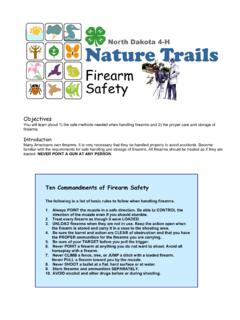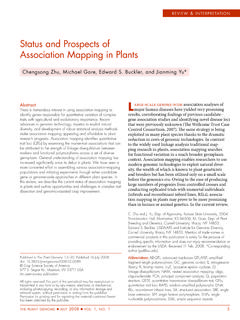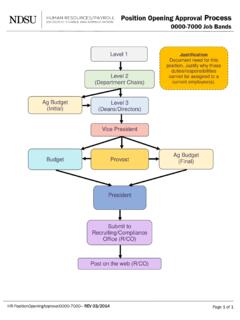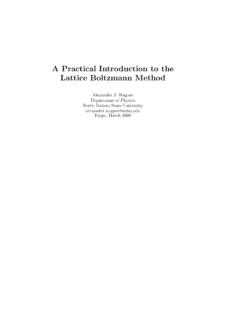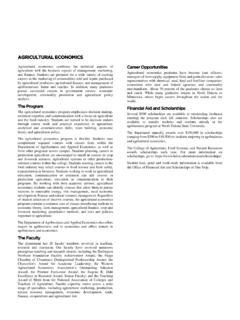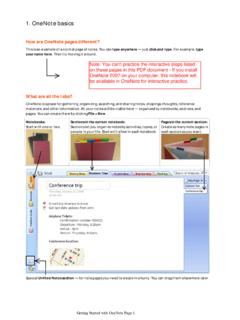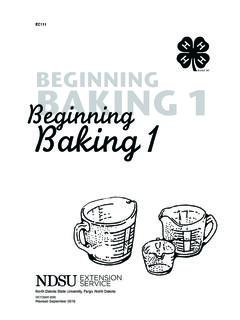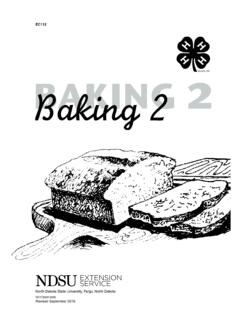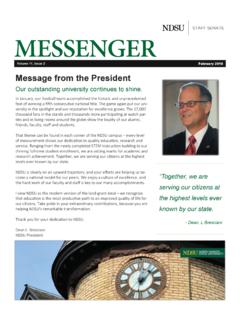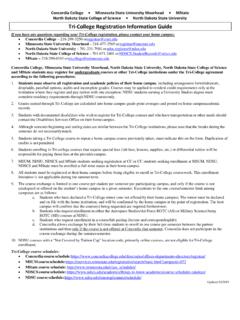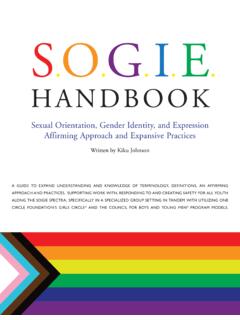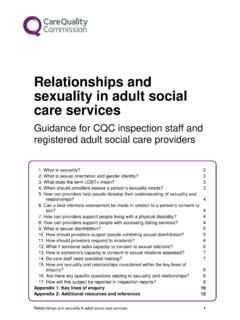Transcription of LGBT Affirmative Therapy
1 Definitions Ally a member of a majority group to works to end oppression Asexual an individual who has no significant interest in sexual activity bisexual an individual who is attracted to men and women Cisgender a person who s gender identity is in line with the gender assigned at birth Drag involves the performance of gender expression; not based on sexual orientation Gay a man who is attracted to men gender expression- outward expression of gender (clothing, mannerisms, activities, ) gender Identity a person s deeply held sense of their own gender , regardless of what they were assigned at birth. gender non-conforming people whose experiences, behaviors, interests, or identities fall outside stereotypical gender expectations gender roles culturally defined behaviors, attitudes, emotions, traits, mannerisms, appearances and occupations Genderqueer a person who feels their gender identity is outside the binary lgbt Affirmative Therapy Tips for creating a more lesbian, gay, bisexual , transgender , & queer inclusive practice from the AAMFT Queer Affirmative Caucus.
2 I want LGBTQ clients to know that I support them and their families. Being Affirmative means I treat loving couples, families, and transgender people with the dignity, respect, and affirmation they deserve; they are fine just the way they are. Affirmative Therapy is: an approach to Therapy that embraces a positive view of Lesbian, Gay, bisexual , transgender , and Queer (LGBTQ) identities and relationships and addresses the negative influences that homophobia, transphobia, and heterosexism have on the lives of LGBTQ clients Adapted from Rock, M., Carlson, T. S., & McGeorge, C. R. (2010). Does Affirmative training matter? Assessing CFT students beliefs about sexual orientation and their level of Affirmative training. Journal of Marital and Family Therapy , 36(2), 171-184. Being an Affirmative therapist involves: reflect on your own upbringing, attitudes and beliefs; acknowledge areas of privilege; recognize bias stemming from living in a heteronormative and gender -binaristic society.
3 Involved live an Affirmative life; become familiar with the issues; strive for social justice and social change. an Affirmative setting provide lgbt friendly reading material, literature and resources; include affirming language on all paperwork; use client s preferred name; don t resort to heteronormative assumptions , instead ask about a client s partner open about your commitment to providing Affirmative Therapy with all clients, regardless of sexual orientation or gender identity. heterosexual and/or cisgender clients, act as an advocate by challenging heterosexism and the gender binary. Definitions cont. Heterosexism the presumption that all people are straight Heterosexual/straight a man who is attracted to women; a woman who is attracted to men Homophobia irrational fear or hatred of LGBTQ people Intersex a person whose biological sex is ambiguous; not synonymous with transgender Lesbian a woman who is attracted to women LGBTQIA an acronym for Lesbian, Gay, bisexual , transgender , Queer, Intersex Ally or Asexual Queer a re-appropriated term for people whose identities challenge dominant norms related to sexuality and gender sexual orientation describes an individual s attraction to another person transgender people whose gender identity is different from their assigned gender at birth Transman or Female-to-male (FTM) - a person who is biologically female, or assigned female at birth and identifies as male.
4 Transphobia irrational fear or hatred of transpeople Transsexual a person who undergoes procedures to change their body to fit their gender identity Transwoman or Male-to-female (MTF) - a personal who is born biologically male, or assigned male at birth and identifies as female Tips for Affirmative Therapists about your LGBTQ Affirmative stance to colleagues, potential clients, family, and friends. aware of your own heteronormative and gender normative assumptions. Challenge oppression. the LGBTQ resources in your local community. that each person has a unique story related to personal discovery and disclosure of their sexual orientation and/or gender identity. the differences between sexual orientation and gender identity correct terminology. When in doubt about how to talk about identity, ask! that intake forms include a blank option for gender and acknowledge LGBTQ relationships. LGBTQ Affirmative continuing education trainings and resources for clinical practice.
5 Gay and lesbian literature in your waiting area. involved in LGBTQ community events and activities. Recommended Resources: Bigner, J. J., & Wetchler, J. L. (2012). Handbook of lgbt - Affirmative couple and family Therapy . New York, NY: Routledge. Bieschke, K. J., Perez, R. M., & DeBord K. A. (Eds.), Handbook of Counseling and Psychotherapy with Lesbian, Gay, bisexual , and transgender Clients. Washington, DC: American Psychological Association. Chernin, J. N. & Johnson, M. R. (2002). Affirmative psychotherapy and counseling for lesbians and gay men. Thousand Oaks, CA: Sage Publishing. Fish, L. S., & Harvey, R. G. (2005). Nurturing Queer Youth. New York, NY: W. W. Norton & Company. Deneborough, D. (2001). Narrative Queer Counselling and Narrative Practice. Dulwich Centre Publications. Lev, A. I. (2004). transgender emergence: Therapeutic guidelines for working with gender -variant people and their families. New York: The Haworth Press. Ritter, K. Y. & Terndrup, A.
6 I. &(2002). Handbook of Affirmative psychotherapy with lesbian and gay men. New York, NY: The Guilford Press. World Professional Association for transgender Health. (2011). Standards of care for the health of transsexual, transgender , and gender nonconforming people. (7th ed.).
